17 Best Places Must to Visit in Italy
Few places are listed on the bucket list of travelers like Italy. No matter what it tastes like on the go, it will satisfy you in this unique and familiar world at the same time. History, art, food, music, architecture, culture, sacred sites, beautiful villages, and beautiful scenery are all around you, and it is in a state that only curmudgeon can enjoy. Plan your trip with our list of the best places to visit in Italy.
Note: Some businesses may be temporarily closed due to recent global health and safety issues.
1. Rome
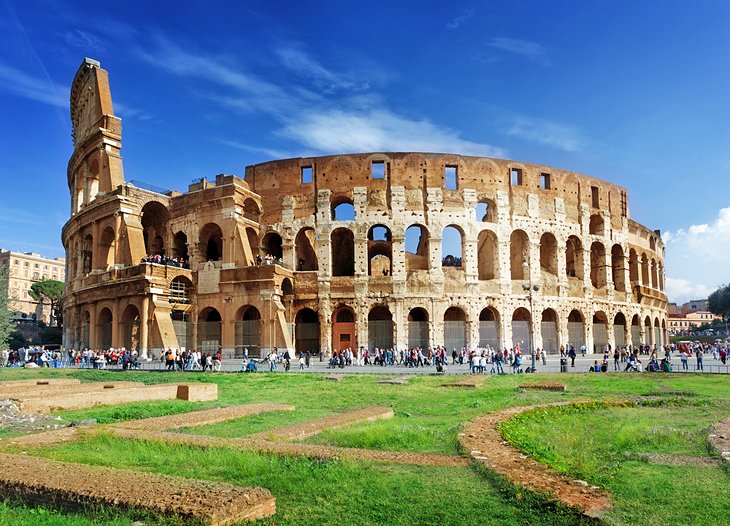
Both with its history as the capital of much of Europe and its modern role as one of the most populous cities in Europe, for many tourists visiting Italy, Rome topped the list of places not to be visited. Remnants of its ancient splendor - the Colosseum, the Forum, the Pantheon, the Appian Way, and the Palatine Hill - contradict the Vatican's vast wealth as a major attraction.
But among the highlights such as the Sistine Chapel and Michelangelo's Pieta, take the time to enjoy the city itself. Relax in the gardens of Borghese; eat gelato in Spanish footsteps; explore the narrow streets of Trastevere; window shop on Via Veneto; then drop a coin at Trevi Fountain, so you can come back again and again. It will take a lot of travel to see it all.
2. Florence
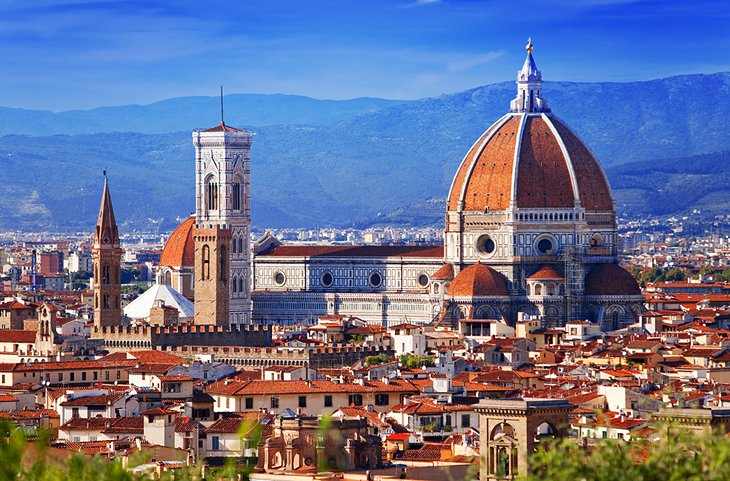
Florence
An Italian Renaissance exhibition, in Florence can sometimes be seen as one of the largest art museums. Duomo, the Cathedral of Santa Maria del Fiore, is a landmark, with its huge dome. Along with a magnificent metal tower by Giotto and its Baptistery with layers of copper doors that are unmatched by Ghiberti, this is one of the finest works of Renaissance art in the world.
The twelfth section of the art museum is full of paintings and drawings, while much of the art adorns its churches. Before going beyond the art gallery at Uffizi Gallery and Pitti Palace, walk through Boboli Gardens and check out the studios and staff of Oltrarno, or buy some leather in Santa Croce.
3. Venice
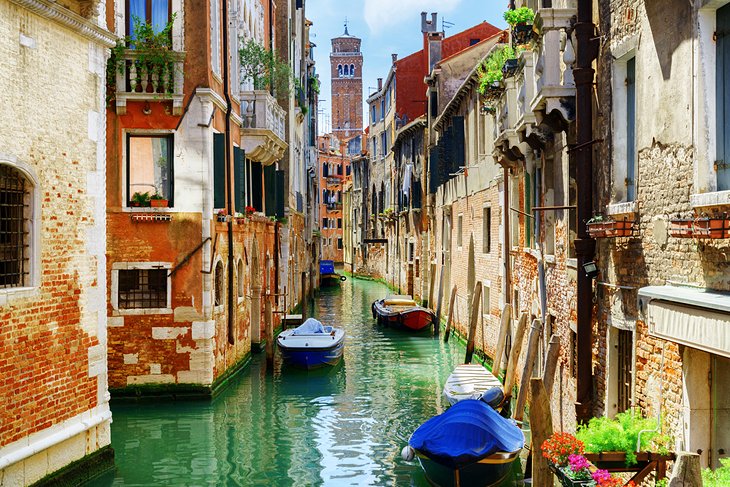
Venice
Who can fail to love a city with waterways, its buses, and where gondoli songs live in the air? It is a magical city, and the main attraction for visitors is the city itself. The city center of Piazza San Marco is wide, St.Mark's Square, surrounded by its many tourist attractions. St. Mark's main Basilica stands next to Doge's palace, facing both the tall Campanile.
The Gondolas congregate at the end of the plaza on the Grand Canal, and on the other hand, the gate under the clock tower leads to the narrow, curved sidewalk, where you are sure to get lost on your way to Rialto Bridge. But the loss is one of Venice's greatest joys, with a postcard status waiting in every corner.
4. Tuscan Hill Towns
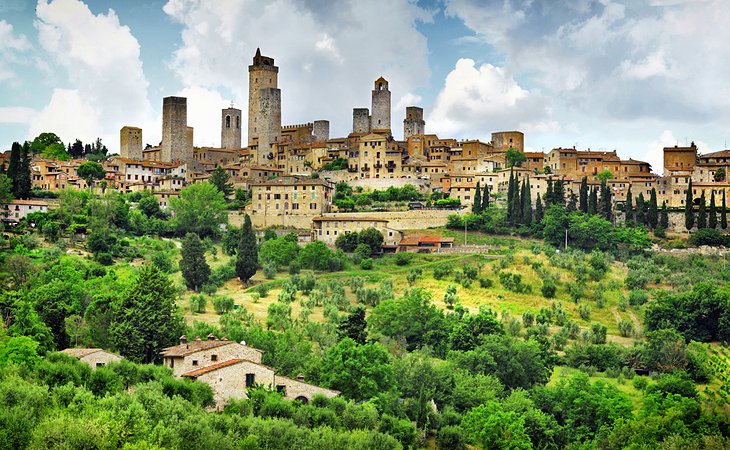
Tuscan Hill Towns
The undulating landscape of Tuscany is crowned by stone towns whose foundations go back to the Etruscans. Each sits atop a hill, and many still have the castles and towers that once defended their commanding positions.
It's difficult to choose one above the others, as each has its own architecture, art, character, and story to tell. Fairly bristling with towers and enclosed in walls that are largely intact, San Gimignano looks much as it did in the Middle Ages, when it was an important stop on the pilgrims' route to Rome. Volterra was an important Etruscan center before the Romans came and still has remains of both civilizations today. The tourist attractions of Arezzo are the legacy of the many artists, architects, and poets who lived there.
Like Volterra, walled Cortona was an Etruscan settlement and later a Roman one, but adds reminders of its Florentine past as well. Cortona is one of Italy's oldest towns. The proximity of these hill towns to the cities of Florence, Siena, Pisa, and Luca fills Tuscany with a concentration of many of the best places to visit in Italy.
5. Milan
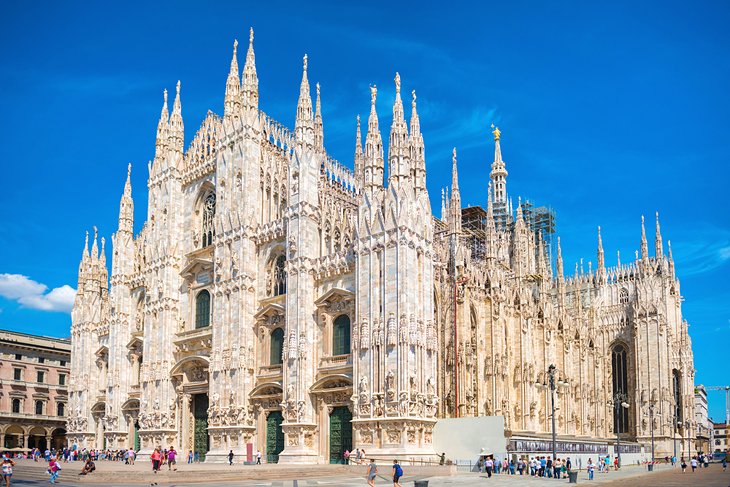
Although Milan is a major entry point for tourists because of its airport, it's often overlooked as a destination of its own. That's a shame, because Milan has one of the highest concentration of artistic and architectural attractions in all Italy, and for those interested in design and fashion (not to mention shopping), it's a must. Milan has been the home and work place for luminaries in all these fields: Michelangelo, Leonardo da Vinci, Verdi, Enrico Caruso, Toscanini, and designer Giorgio Armani.
Il Duomo, Milan's massive cathedral, is among the world's most magnificent churches, and finest example of the Flamboyant Gothic style. La Scala is the world's most prestigious opera house, Da Vinci's The Last Supper fills the wall at a monastery, and throughout the city are museums and palaces filled with some of the world's finest art. And no fashionista can resist a stroll through the famed Quadrilatero.
6. Lake Como
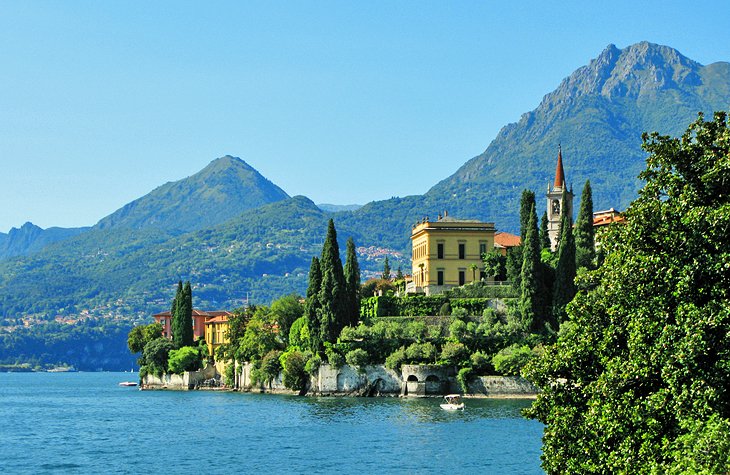
Lake Como
Italy's most excellent lake, Como has been the most loved summer retreat of the rich and renowned since antiquated Romans escaped Milan's late spring warmth to chill in estates along its lofty shores. Later manors enhance its firmly grouped towns, particularly beautiful Bellagio, guilefully set on a point where the three thin arms of the lake meet.
A microclimate makes Como's western shore calm even in winter, so the white pinnacles of the Alps just toward the north can be seen between palm trees and camellias. Try not to neglect the town of Como, on the southern shore, definitely worth a stop prior to boarding a liner to investigate the lake.
Just toward the west of Lake Como is Lake Maggiore, with its own attractions; toward the east is Lake Garda, a late spring jungle gym loaded up with water sports and different activities.
7. Amalfi Coast and Capri
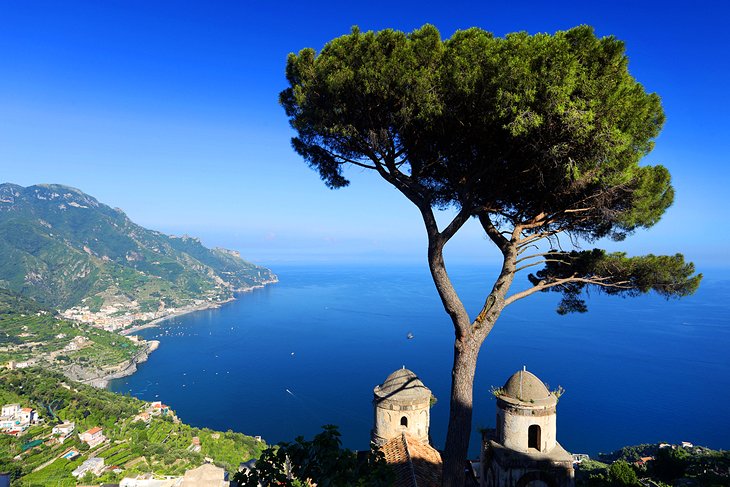
Amalfi Coast
The high, precipitous Amalfi Peninsula juts sharply into the Mediterranean just south of Naples, forming the southern rim of Naples Bay. It's hard to imagine a more beautiful—or unlikely setting for the towns that spill down its steep slopes. Streets in most are stairways, and houses seem glued to the cliffs behind them. Flowers bloom everywhere, and below the towns are beaches caught in coves of emerald water.
The Amalfi Drive, along the southern coast, is one of the world's great scenic routes. Off the end of the peninsula, and easy to reach by regular ferries, is the fabled island of Capri, with its Blue Grotto sea cave, lavish villas, and lush gardens. Sorrento, on the northern coast of the Amalfi Peninsula is a good base, an easy day trip from all the things to see and do in the region.
8. The Cinque Terre
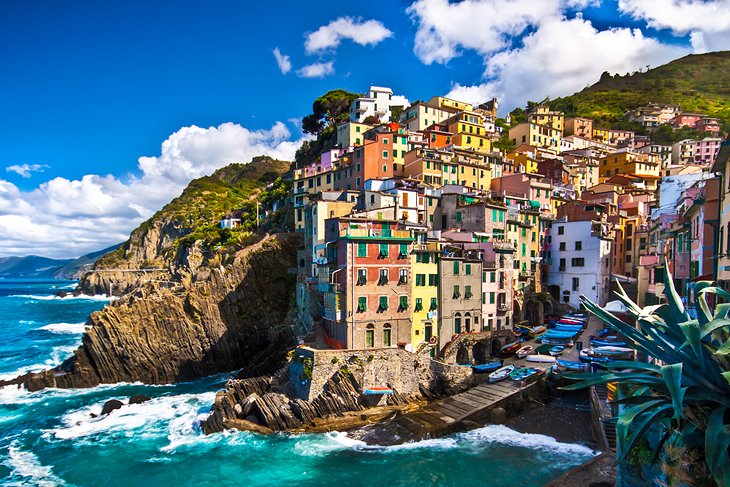
The Cinque Terre
The high, abrupt Amalfi Peninsula sticks pointedly into the Mediterranean only south of Naples, shaping the southern edge of Naples Bay. It's difficult to envision a more lovely—or far-fetched setting for the towns that spill down its lofty slants. Roads in most are flights of stairs, and houses appear to be stuck to the bluffs behind them. Blossoms sprout all over the place, and underneath the towns are sea shores trapped in inlets of emerald water.
The Amalfi Drive, along the southern coast, is one of the world's extraordinary tourist detours. Off the finish of the landmass, and simple to reach by standard ships, is the legendary island of Capri, with its Blue Grotto ocean cave, sumptuous estates, and rich nurseries. Sorrento, on the northern shore of the Amalfi Peninsula is a decent base, a simple roadtrip from every one of what to see and do in the area.
9. Pisa and Lucca
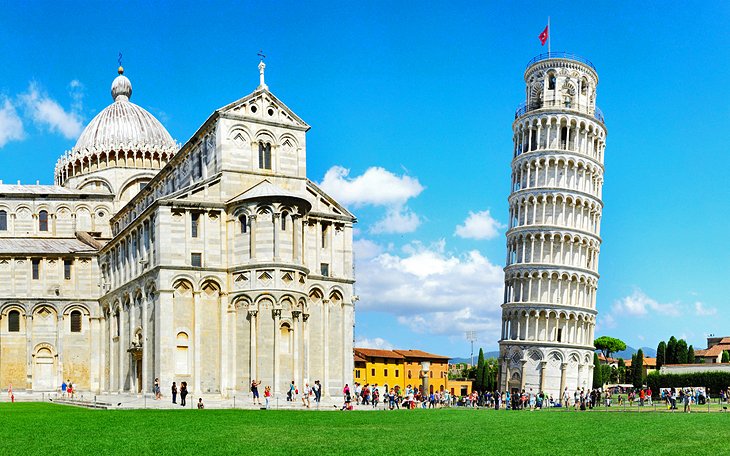
Pisa
These two close by towns merit visiting while you're in Tuscany, the first for the remarkable Campo dei Miracoli intricate and the other for its charming charms. The Leaning Tower of Pisa, really the campanile for the nearby house of prayer, is a notable Italian symbol, and structures the focal point of an UNESCO World Heritage site that additionally incorporates the church building, baptistery, and Campo Santo.
The feature of the amazing baptistery is Nicola Pisano's complicatedly cut unsupported platform, a work of art of Romanesque figure. Close by, Lucca is one of Italy's most beguiling towns to investigate and appreciate, encompassed by wide dividers whose top is a tree-lined park. Inside are lovely Romanesque and Tuscan Gothic places of worship, tower houses (one of which you can move to the top), and a Roman field that has been "fossilized" into an oval piazza.
10. Verona
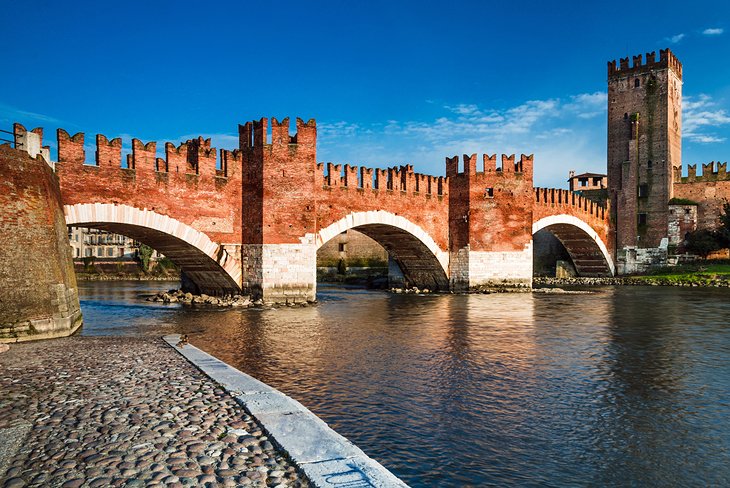
Verona
The conservative notable focus of this previous Roman fortification is embraced by a profound bend in the Adige River. Ruling its heart is the exceptional very much protected first-century Roman field, scene of the incredibly famous summer show celebration. A few Roman curves are blended among the middle age and Renaissance structures, a significant number of which show Verona's long history as a feature of the Venetian domain.
Close by the waterway stands the huge Castelvecchio, a palace worked in the fourteenth century, guarding a block angled extension, Ponte Scaligero. For all its rich depository of design and workmanship, Verona's greatest case to traveler notoriety depends on unadulterated fiction. It was the setting for Shakespeare's Romeo and Juliet, and over the previous century, local people have obliged by making homes, an overhang, and surprisingly a burial place for the anecdotal characters.
11. Pompeii and Herculaneum
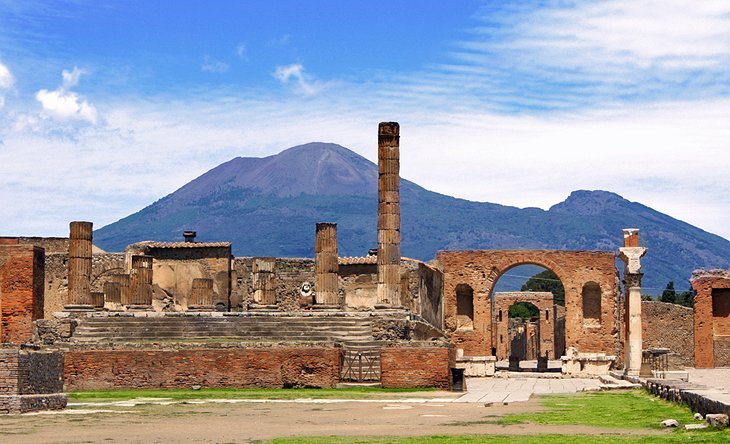
Pompeii
In AD 79, Mt. Vesuvius emitted brutally and abruptly, immersing the flourishing Roman city of Pompeii and encasing it for over a thousand years in six meters of debris and pumice-stone. The city stayed frozen on schedule until unearthings that started in the eighteenth century uncovered the greater part of its structures and public spaces.
A similar ejection additionally immersed the city of Herculaneum, however this time in liquid magma, not debris. So rather than pouring down and pounding structures with its weight, the magma streamed in and filled the city starting from the earliest stage, supporting dividers and roofs as it rose, and protecting them set up. Likewise safeguarded in this water/air proof seal were natural materials, like wood, materials, and food, giving a more complete image of life in the main century.
12. Siena
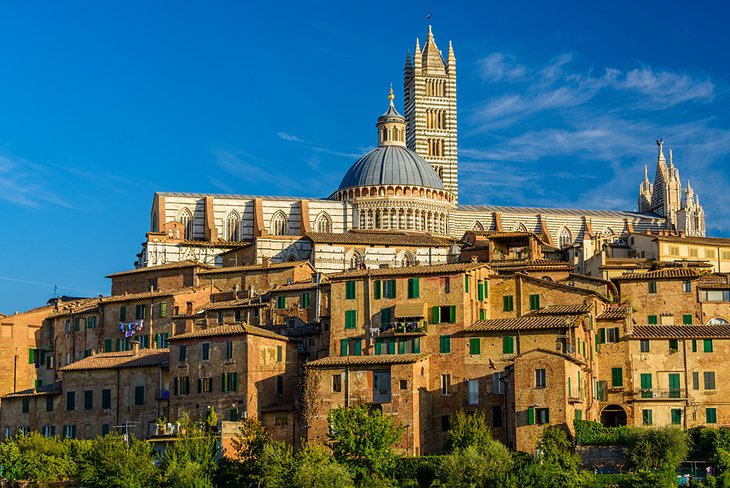
Siena
At its tallness in the thirteenth and fourteenth hundreds of years, Siena matched Florence for its specialties and culture, it actually has an abundance of workmanship and building treasures. The feature is the great Cathedral of Santa Maria Assunta, whose decorated marble veneer and striped ringer tower stand drastically among Siena's for the most part red block structures. The church inside is a gallery of works by incredible specialists and artists, including Donatello, Giovanni Pisano, Bernini, and Lorenzo Ghiberti.
Yet, craftsmanship treasures are not its lone attractions. The winding archaic roads and wide squares are welcoming spots to meander. Double each mid year, the immense, slanting primary square is the location of a turbulent pony race known as the Palio.
13. Naples
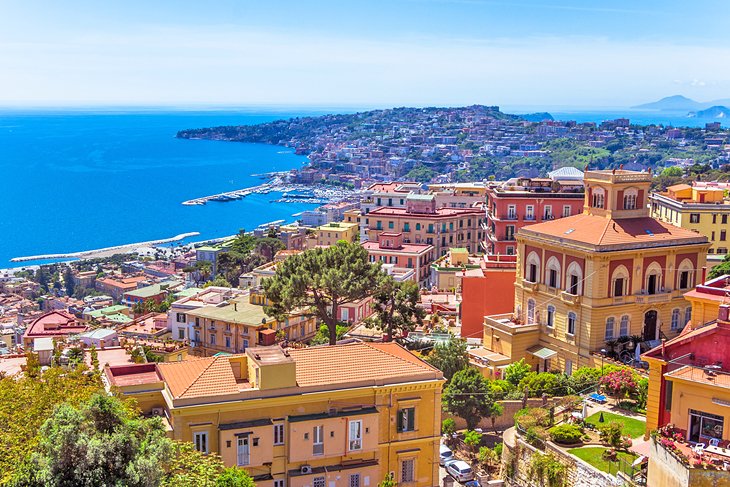
As the channels portray Venice, and the Renaissance is the embodiment of Florence, in Naples, the sheer abundance will hold you enchanted. It's an uproarious spot, its thin roads loaded up with shading, clamor, and life. You'll discover a lot to see and do and encounter here, in its fortune filled houses of worship, its superb castles pampered in the wealth of European eminence, and its head archeological gallery showing the finds from close by Pompeii.
Join local people and walk around the waterfront to appreciate perspectives on Mt. Vesuvius across the cove, jump a ship to the island of Capri or enchanted Sorrento, shop in the glass-domed Galleria Umberto I, and definitely, test the pizza—Neapolitans guarantee to have developed it.
14. Sicily
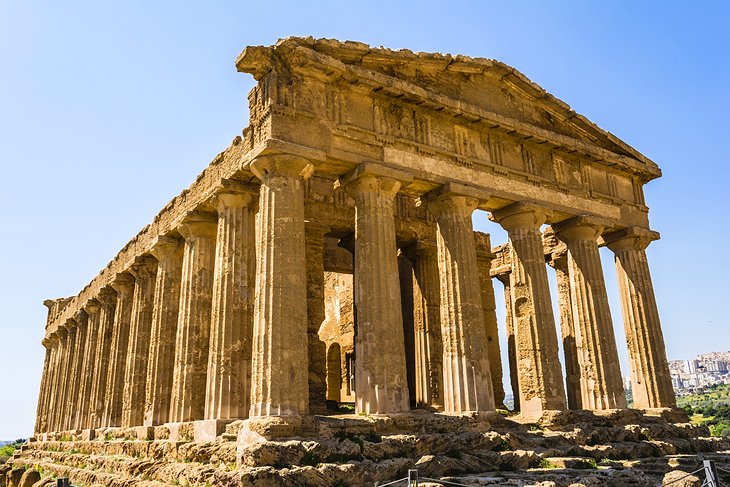
Valley of Temples
The island of Sicily has procured seven puts on the UNESCO World Heritage Site list, three for its old destinations, two for normal miracles, and two for structural fortunes. Probably the best leftover instances of antiquated designs are in Sicily: at Selinunte is one of the biggest Greek sanctuaries; in Agrigento, at the Valley of Temples, is one of the three absolute best Greek sanctuaries anyplace; and the 3,500 square meters of mosaics at Villa Romana del Casale in Enna improve extraordinary compared to other safeguarded manors in the whole Roman Empire. Sicily's scenes match its elite attractions.
15. Turin
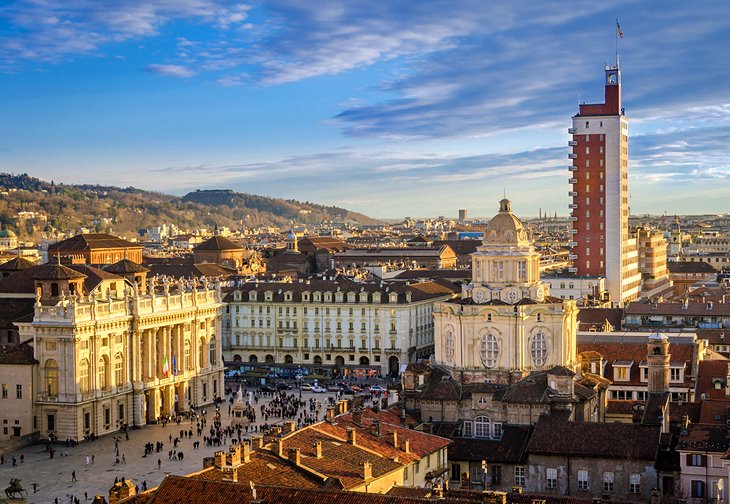
Turin
One of the extraordinary mechanical urban areas of the north, Turin, in contrast to Milan, is generally little and smaller, its features simple to investigate by walking. There is a greatness to its engineering and its conventional format, planned by the Savoys to show that they were as lofty as possible encircle themselves with wonder that equaled Paris.
Its arcaded squares and roads and illustrious castles directly in the middle set the vibe, however that isn't the entirety of Turin's appeal. A little middle age quarter, Roman locales, and whole neighborhoods of Art Nouveau loan assortment, and a riverside park with a total false archaic town demonstrate that Turin doesn't make too much of itself. Try not to miss the phenomenal Museum of Cinema in a high rise that was once a gathering place. Turin's differentiations will fascinate you—as will its cafés and stupendous bistros.
16. Sardinia
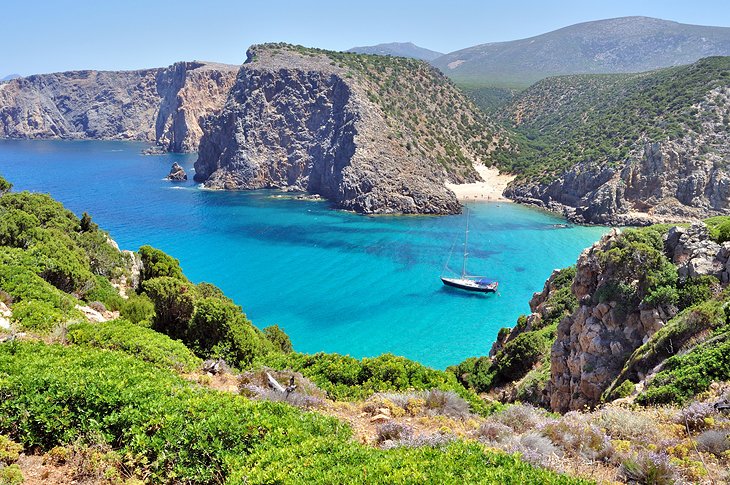
Cala Domestica Beach, Sardinia
This perplexing Mediterranean island appears completely different from Italy, and is itself a place where there is distinct differentiations. Most popular for its captivating Costa Smeralda, the jetset heaven of extravagance territories set against the emerald waters of the upper east coast, Sardinia has much more to bring to the table the daring vacationer, or even the sun-cherishing sea shore searcher. The whole south is ringed with many miles of white-sand sea shores, and the tough inside is a prime area for explorers and climbers.
It's a spot for voyagers who need to investigate distant mountain towns, where old practices get by as well as are a lifestyle. However, the most confounding and interesting attractions are the many baffling round stone pinnacles, known as Nuraghe, which spot the whole island and make Sardinia high on the rundown of novel spots to visit in Italy. Ancient locales are all over and incorporate these pinnacles, hallowed wells, "monsters burial places," and other old designs. Whole Phoenician and Roman urban areas hold on to be investigated.
17. Ravenna
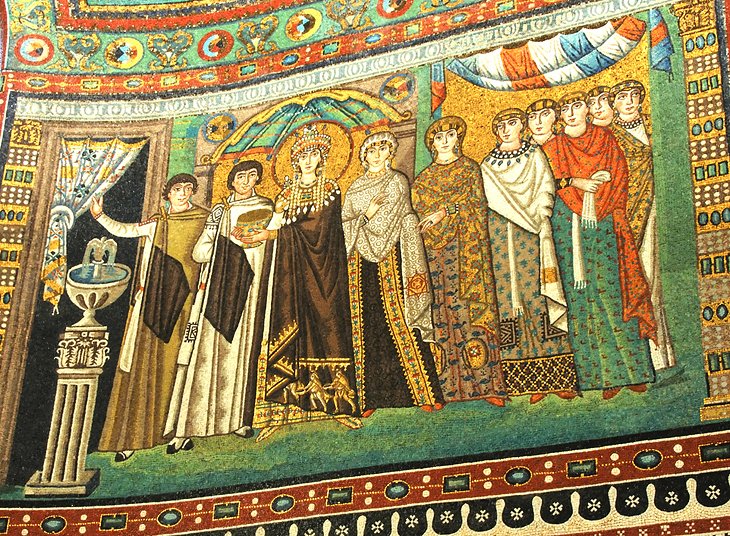
Ravenna
This antiquated city on the Adriatic is really special in Italy. Not at all like some other, Ravenna's imaginative starting points are primarily Byzantine, and here you'll discover Western Europe's best assortment of Byzantine mosaics, all in almost perfect condition. In the 6th century, Ravenna was the seat of the lord Theodoric the Great, who was brought up in Constantinople, and it turned into a middle for mosaic creativity that arrived at its apex here.
Seven structures enhanced with the absolute best instances of mosaic craftsmanship are remembered for an UNESCO World Heritage Site. See every one of them, however most importantly don't miss the mid fifth century Neonian Baptistery; the great inside of San Vitale; and the gem like Mausoleum of Galla Placidia, which UNESCO calls "perhaps the most imaginatively awesome" and best protected of every mosaic landmark.
0 Comments